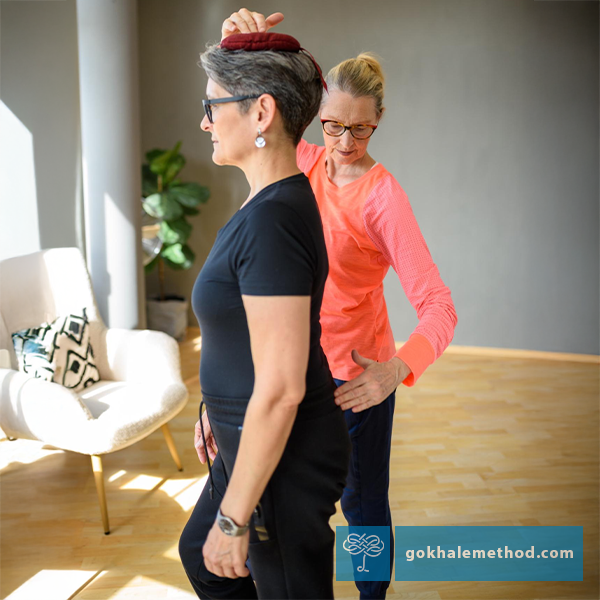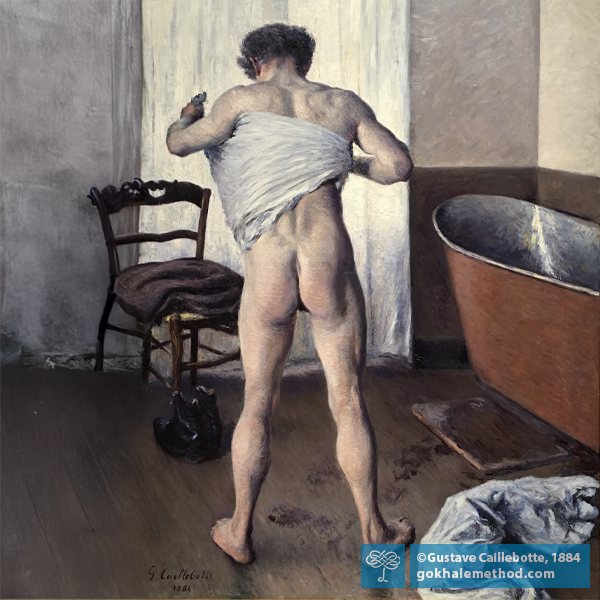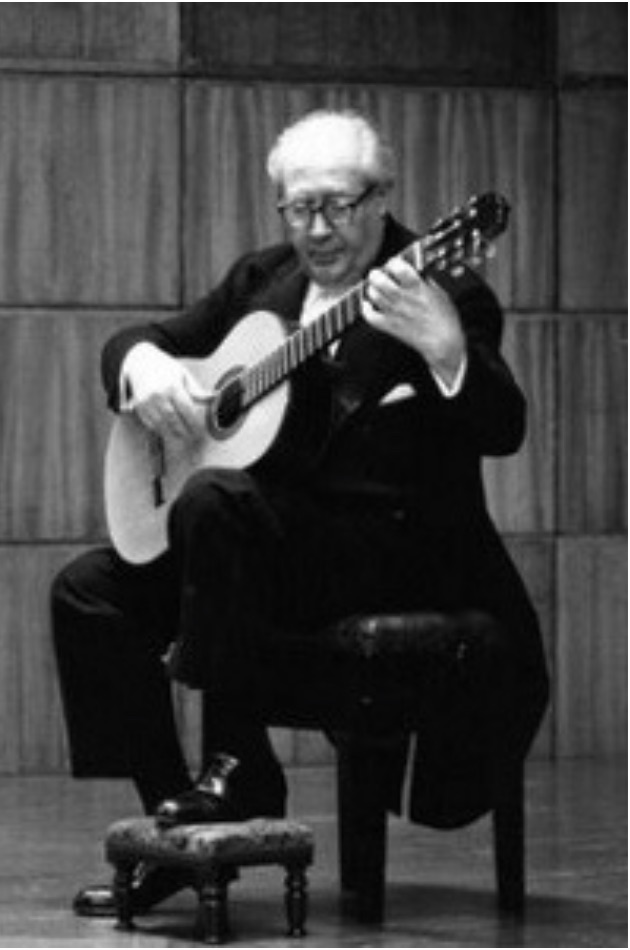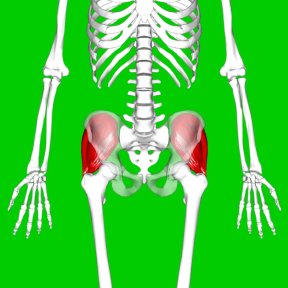Why Healthy Glutes Reduce Aches and Pains
Wake Up Your Glutes, They Snooze, You Lose
How Not To Do Yoga
The Gokhale Method is Nonnegotiable
Humans Learn through Repetition
Learning and internalizing techniques doesn’t always happen immediately — or without assistance from a teacher.
I spent many years developing and perfecting the Gokhale Method Foundations Course. After years of crafting the language, honing the metaphors, and rearranging the order in which techniques are taught, I considered the course well-constructed and comprehensive. I was proud to empower students to be independent in taking their posture journey forward. I was proud to not be peddling products gratuitously, nor to insist students keep coming back for additional lessons.
The results of this approach were not always stellar. Though some students functioned just fine after one go-round of
Glidewalking: Sitting’s Long-Lost Counterpart
Mother and son in a tribal Orissan village demonstrating excellent walking form. Notice that their heels remain on the floor well into their stride.
Do you have tight psoas muscles? Do you suspect the cause is too much time spent sitting in your daily life? There’s a complementary activity that helps counterbalance the time we spend sitting: walking — or, more specifically, glidewalking. Glidewalking helps balance our sitting in numerous ways — walking is dynamic versus sitting which is static. Yang balances Yin, viewed in the framework of traditional Chinese medicine. One underappreciated way in which walking can balance sitting pertains to the psoas muscle.
The psoas muscle originates on
"I Found I Could Defeat Sciatica:" Norm's Story
Photo courtesy Norman Crawford.
Norm, a hydrologic analyst and author now 82 years of age, originally hails from Alberta, Canada. When Norm was 16 years old, he accepted a summer job in Lake Louise (also known as Lake of the Little Fishes by the local Stoney Nakoda people), a location in the Canadian Rockies so known for its rugged beauty that it is frequently included on lists of “Wonders of the World.” This breathtaking landscape formed the backdrop for Norm’s lifelong love affair with the outdoors. Decades later, Norm still speaks of Lake Louise with understated reverence.
Lake Louise, Alberta, Canada, where Norm first fell in love with hiking. Photo courtesy Kevin Noble on Unsplash.
These
How to Play Guitar with Good Posture
From the Argentine romantic composing a tango to the K-pop star strumming for an audience of thousands, guitars are a favorite instrument around the world. In fact, the guitar is the second most played instrument after the piano. (source). Amateur and professional players use a variety of playing positions - some are significantly more ergonomic than others.
In the classical position, the guitar is sharply angled up so that the wide end of the instrument’s body sits against one leg and the neck is held aloft with the opposite hand. This position allows the musician’s shoulders to be square and resting more posteriorly in line with the back instead of rolled forward as in the modern







